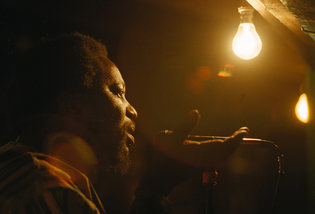(p. B6) In the kind of artificial intelligence, or A.I., that most people seem to worry about, computers decide people are a bad idea, so they kill them. That is undeniably bad for the human race, but it is a potentially smart move by the computers.
But the real worry, specialists in the field say, is a computer program rapidly overdoing a single task, with no context. A machine that makes paper clips proceeds unfettered, one example goes, and becomes so proficient that overnight we are drowning in paper clips.
In other words, something really dumb happens, at a global scale. As for those “Terminator” robots you tend to see on scary news stories about an A.I. apocalypse, forget it.
“What you should fear is a computer that is competent in one very narrow area, to a bad degree,” said Max Tegmark, a professor of physics at the Massachusetts Institute of Technology and the president of the Future of Life Institute, a group dedicated to limiting the risks from A.I.
In late June, when a worker in Germany was killed by an assembly line robot, Mr. Tegmark said, “it was an example of a machine being stupid, not doing something mean but treating a person like a piece of metal.”
. . .
“These doomsday scenarios confuse the science with remote philosophical problems about the mind and consciousness,” Oren Etzioni, chief executive of the Allen Institute for Artificial Intelligence, a nonprofit that explores artificial intelligence, said. “If more people learned how to write software, they’d see how literal-minded these overgrown pencils we call computers actually are.”
What accounts for the confusion? One big reason is the way computer scientists work. “The term ‘A.I.’ came about in the 1950s, when people thought machines that think were around the corner,” Mr. Etzioni said. “Now we’re stuck with it.”
It is still a hallmark of the business. Google’s advanced A.I. work is at a company it acquired called DeepMind. A pioneering company in the field was called Thinking Machines. Researchers are pursuing something called Deep Learning, another suggestion that we are birthing intelligence.
. . .
DeepMind made a program that mastered simple video games, but it never took the learning from one game into another. The 22 rungs of a neural net it climbs to figure out what is in a picture do not operate much like human image recognition and are still easily defeated.
For the full story, see:
QUENTIN HARDY. “The Real Threat Computers Pose: Artificial Stupidity, Not Intelligence.” The New York Times (Mon., JULY 13, 2015): B6.
(Note: ellipses added.)
(Note: the online version of the story has the date JULY 11, 2015, and has the title “The Real Threat Posed by Powerful Computers.”)


